Introduction
The world of eCommerce is evolving at a breathtaking pace, and technology is the driving force behind this transformation. From how people discover products to the way transactions are processed and orders are delivered, every stage of the online shopping journey is becoming faster, smarter, and more personalized. For businesses, keeping up with these advancements isn’t just an option—it’s essential for staying competitive in a digital-first world. Let’s explore how cutting-edge technologies are shaping the future of eCommerce, and what this means for both businesses and customers.
1. Artificial Intelligence (AI) and Machine Learning (ML)

AI and ML are revolutionizing eCommerce by enabling hyper-personalized experiences. Instead of generic product listings, customers now see recommendations tailored to their browsing history, preferences, and even predicted needs.
How AI is impacting eCommerce:
-
Product Recommendations: AI-powered suggestion engines analyze past behavior to display relevant products at the right time.
-
Chatbots & Virtual Assistants: Intelligent customer service bots handle queries instantly, 24/7.
-
Predictive Analytics: Businesses can forecast demand, manage inventory, and optimize pricing strategies.
These technologies reduce friction for customers, make experiences more engaging, and help brands strengthen loyalty through personalization.
2. Augmented Reality (AR) and Virtual Reality (VR)

One of the biggest challenges in online retail has been the inability to physically interact with a product before making a decision. AR and VR are solving this issue by allowing customers to “try” before they commit.
Examples of AR & VR in eCommerce:
-
Virtual Fitting Rooms: Customers can see how clothing or accessories would look on them using their smartphone camera.
-
Home Visualization: Furniture or décor can be placed virtually inside a customer’s living space to check dimensions and style fit.
-
Immersive Brand Experiences: Virtual stores replicate physical store layouts, letting customers navigate a branded environment from anywhere.
By bridging the gap between physical and digital shopping, AR and VR are making the online experience more interactive and confidence-boosting.
3. Voice Commerce

The rise of smart speakers like Amazon Echo, Google Nest, and Apple HomePod has given birth to a new shopping channel: voice commerce. Consumers are increasingly using voice commands to search for products, compare options, and reorder essentials.
Why voice commerce matters:
-
Convenience: People can multitask while engaging with a store through voice commands.
-
Accessibility: Voice interfaces make online shopping more inclusive for individuals with visual or motor impairments.
-
Speed: Searching and ordering via voice can be faster than browsing on a screen.
To adapt, eCommerce businesses are optimizing for voice search SEO and integrating with voice assistant platforms to meet customers where they are.
4. Mobile-First & Progressive Web Apps (PWAs)

Mobile commerce is already huge, and it’s only growing. More than half of all online transactions now occur on smartphones. Businesses that fail to prioritize mobile optimization risk losing customers.
Technology trends shaping mobile eCommerce:
-
Progressive Web Apps (PWAs): These combine the speed and reliability of a native app with the accessibility of a website, offering offline capabilities and instant loading.
-
One-Click Checkouts: Faster, simpler payment experiences tailored to mobile screens.
-
Mobile Wallet Integration: Compatibility with Apple Pay, Google Pay, and other digital wallets streamlines transactions.
A mobile-first approach ensures that the eCommerce experience is seamless, no matter where or when customers engage.
5. Blockchain Technology & Cryptocurrency Payments
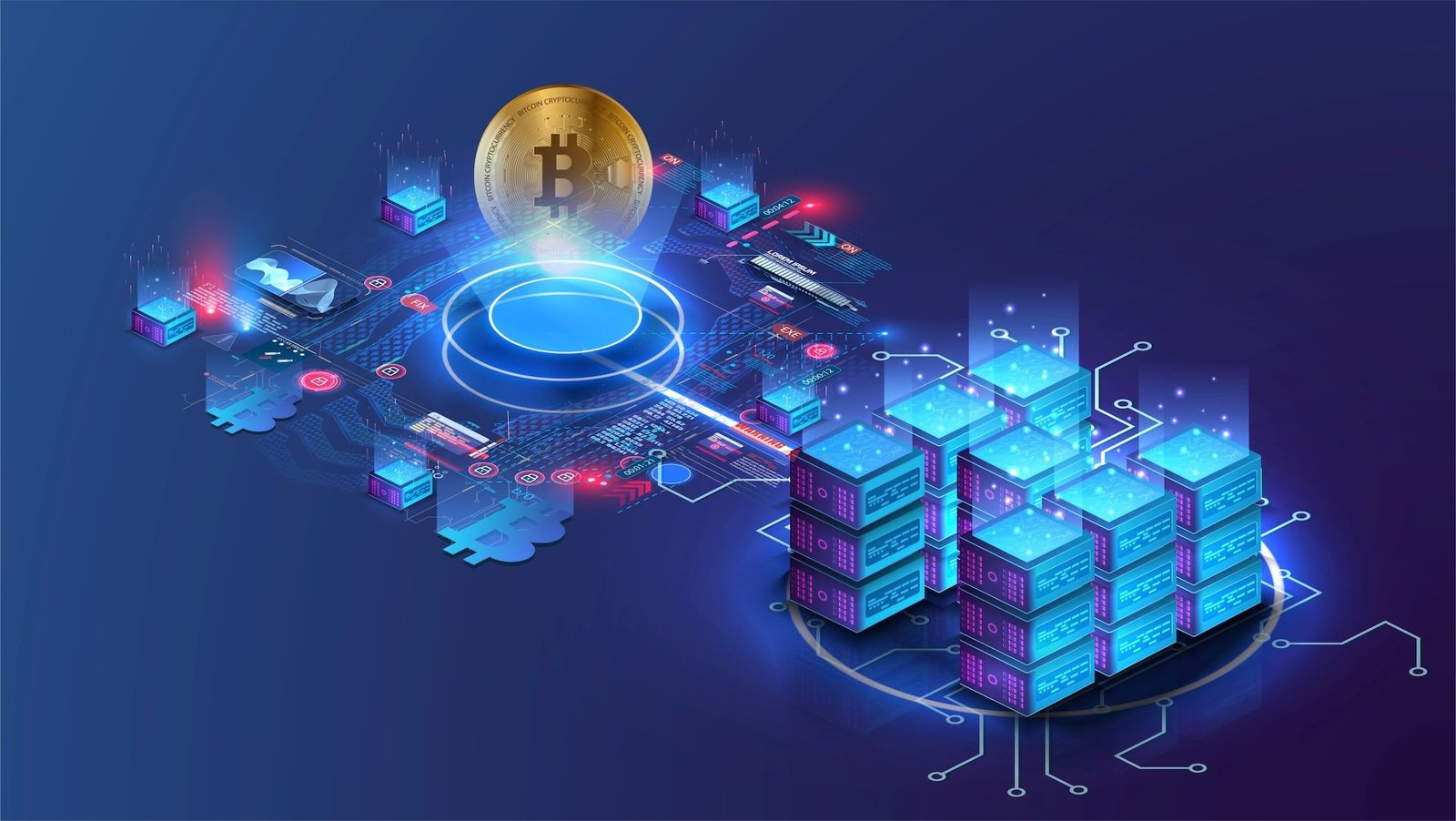
Blockchain is adding a layer of transparency, security, and trust to eCommerce. Its decentralized nature makes it harder for fraud to occur, while cryptocurrencies like Bitcoin and Ethereum are opening up new payment possibilities.
Blockchain in eCommerce:
-
Secure Payments: Transactions are verified and recorded in a tamper-proof ledger.
-
Supply Chain Transparency: Customers can track the origin and journey of products, increasing trust.
-
Smart Contracts: Automated agreements that trigger actions when certain conditions are met.
While adoption is still growing, blockchain could become a standard in future eCommerce ecosystems.
6. Automation & Robotics in Fulfillment

Behind the scenes, automation is transforming order fulfillment. From warehouse robots to AI-driven logistics, technology is making delivery faster and more cost-effective.
Examples of automation in eCommerce:
-
Warehouse Robotics: Machines pick, pack, and sort products at lightning speed.
-
Automated Inventory Management: AI tracks stock levels in real time, preventing overstock or shortages.
-
Last-Mile Delivery Drones: While still in early stages, drones promise ultra-fast delivery in urban areas.
These innovations reduce human error, speed up turnaround times, and make same-day or even same-hour delivery a realistic expectation.
7. Data Analytics & Customer Insights

Data is the new currency of eCommerce. Every click, search, and interaction generates valuable information that can be analyzed to improve experiences and operations.
How analytics is shaping the future:
-
Customer Segmentation: Businesses can identify different customer types and tailor marketing efforts accordingly.
-
Behavioral Tracking: Understanding how visitors navigate a site helps optimize design and user flow.
-
Predictive Insights: Anticipating future demand trends for better planning.
By harnessing data ethically, brands can meet customer needs more accurately while respecting privacy.
8. Social Commerce
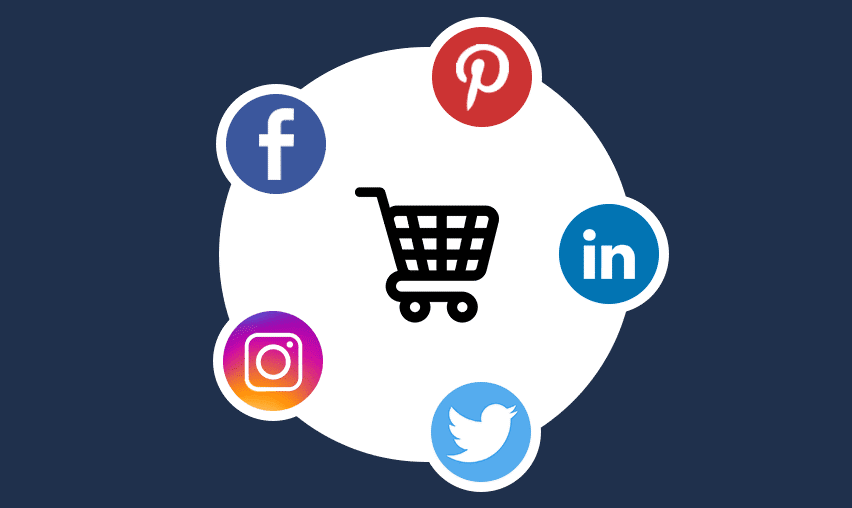
Social media is no longer just a marketing tool—it’s becoming a direct sales channel. Platforms like Instagram, TikTok, and Facebook now integrate storefronts, allowing customers to discover and explore products without leaving the app.
Key features of social commerce:
-
Shoppable Posts: Direct links from posts to product pages.
-
Influencer-Driven Campaigns: Authentic endorsements that resonate with niche audiences.
-
Livestream Shopping: Real-time product showcases that create excitement and urgency.
By blending entertainment, engagement, and eCommerce, social commerce is redefining the online shopping journey.
9. Personalization Engines & Customization Tools

The future of eCommerce is deeply personal. Customers increasingly expect tailored experiences, from the homepage they see to the offers they receive.
Technologies making personalization possible:
-
Dynamic Content Display: Websites adjust product listings and banners based on user behavior.
-
Custom Product Builders: Interactive tools let customers design their own products, from sneakers to furniture.
-
Targeted Promotions: AI ensures that offers are relevant to each individual.
Personalization builds stronger customer relationships by making every interaction feel unique and relevant.
10. Sustainability-Driven Technology
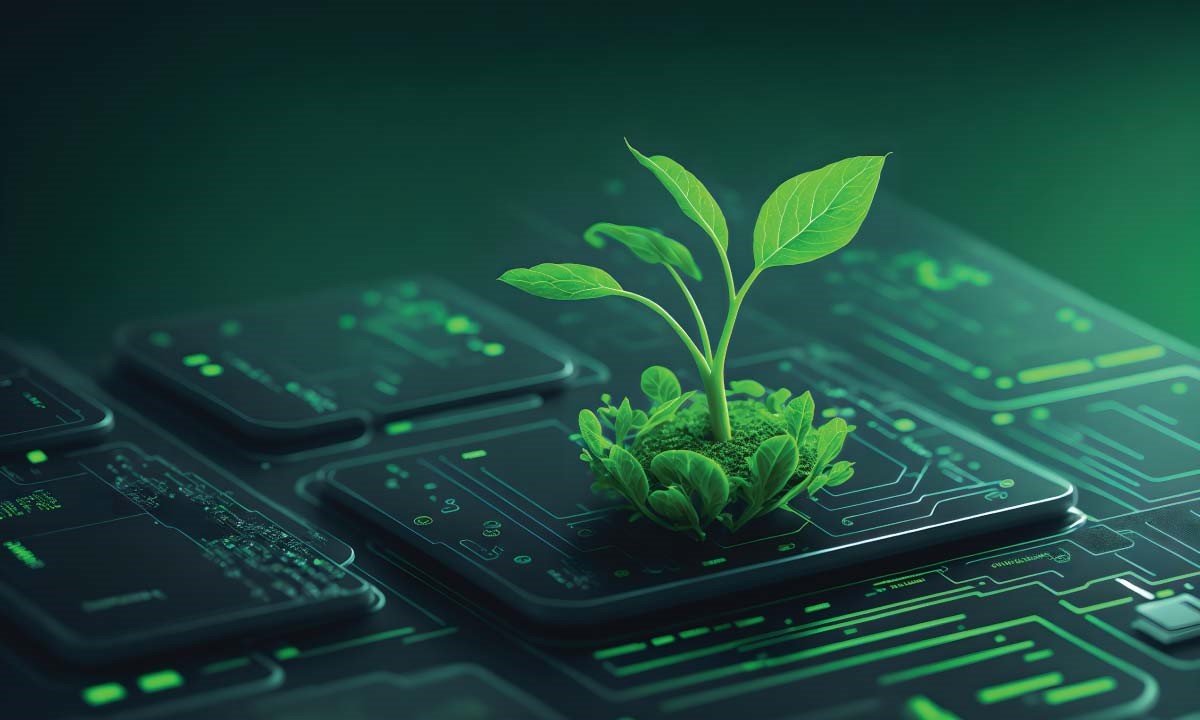
Environmental consciousness is influencing both consumer choices and business practices. eCommerce companies are leveraging technology to minimize their ecological footprint.
Sustainable tech trends:
-
Eco-Friendly Packaging Innovations: Smart materials reduce waste and improve recyclability.
-
Carbon Footprint Tracking: Customers can see the environmental impact of their orders.
-
Efficient Logistics Planning: AI reduces unnecessary transportation and emissions.
As sustainability becomes a priority, integrating green technology will be crucial for the future of eCommerce.
11. The Rise of Subscription Models
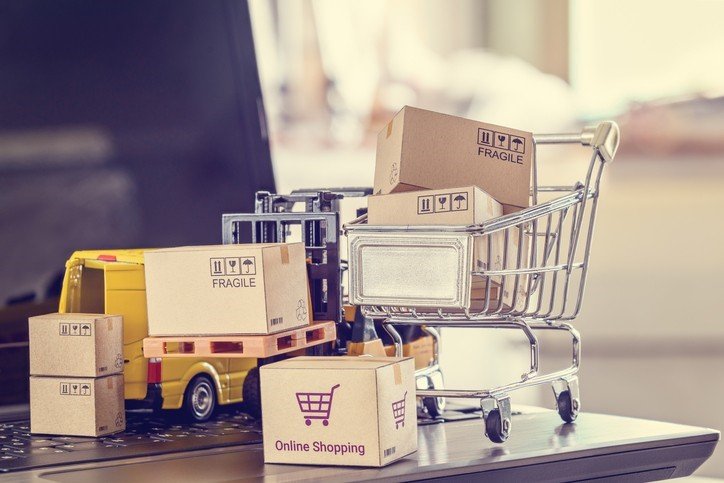
Technology is making subscription-based eCommerce more efficient and appealing. Customers can set up recurring deliveries for essentials or receive curated boxes of niche products.
How tech supports subscriptions:
-
Automated Billing & Reminders: Seamless renewals without manual effort.
-
Smart Inventory Management: Ensures timely delivery of recurring orders.
-
Customer Portals: Easy management of preferences, skips, or cancellations.
Subscription models create consistent revenue streams while fostering long-term customer relationships.
12. The Future: Omnichannel & Unified Commerce
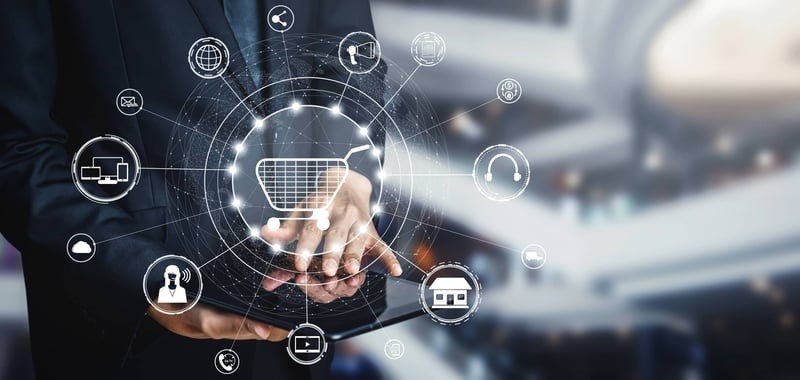
The next frontier for eCommerce is true omnichannel integration—where online and offline experiences blend seamlessly. Whether someone is shopping from a smartphone, visiting a physical store, or engaging via social media, the experience remains consistent.
Technologies enabling this:
-
Cloud-Based POS Systems: Sync inventory and customer data across all channels.
-
Click-and-Collect Solutions: Order online, pick up in-store.
-
360-Degree Customer Profiles: Unified data enables better service and personalization.
Omnichannel commerce ensures that customers feel connected to the brand at every touchpoint.
Conclusion: The Tech-Powered eCommerce Era
Technology is not just influencing eCommerce—it’s redefining it. Artificial intelligence, augmented reality, blockchain, automation, and sustainability-driven innovations are making the digital marketplace more personalized, efficient, and trustworthy.